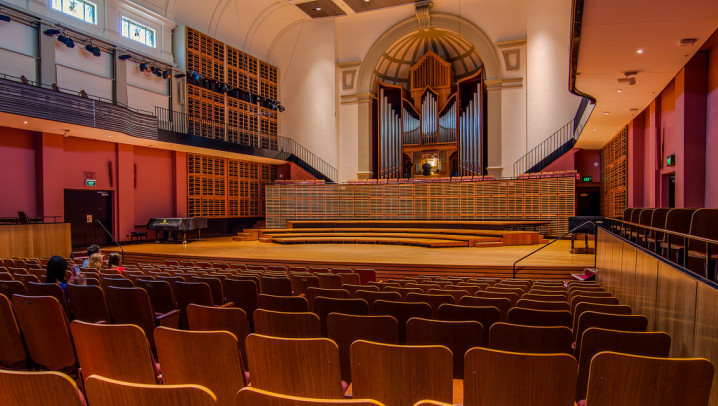
Violin Sonata
Moses Pergament's Violin Sonata, performed by Ole Bøhn and Daniel Herscovitch in Sydney, Australia.
| Date | 7th August 2017 |
|---|---|
| URL | https://vimeo.com/237389216#t=1558s |
| Format | Video |
Moses Pergament (1893-1977) was born in Finland and became a well-known music critic in Sweden. He started compositional studies in 1909 in the St. Petersburg Conservatory under Rimski-Korsakov and violin with Leopold Auer. After the First World War broke out he returned to Finland, and in 1915-16 he moved to Stockholm. In Sweden, he met the pianist Esther Bramson, and the two moved in together. When Esther won a scholarship to Paris in 1918, Moses followed, and it was here that he completed his violin sonata and string quartet.
In the early 1920s he continued his music studies at the Stern Conservatorium in Berlin together with his brother Simon Pergament (Parmet, 1897-1969).
Already during his studies Pergament composed especially for violin and wrote choral music to contemporary Yiddish poetry. In Sweden he continued with larger concertos and he composed also music to Jewish themes. He is known especially for his choral symphony Den judiska sången (The Jewish Song) from 1944, which was a reaction to the on-going annihilation of European Jewry. Pergament’s music has recently attracted new interest and recognition in Sweden. Two of his operas remain unperformed: the radio opera Eli and Abram’s Erwachen, both with libretti by Nelly Sachs.
In later life, Pergament told the Jewish Chronicle “I wanted to be a Jews’ Wagner. I worshipped Wagner – and Sibelius, who I know personally – and I read everything by and about Wagner. Just as he derived his inspiration from Teutonic mythology, I wanted to get mine from the Bible.” Perhaps this was why contemporary critics found it hard to place Pergament’s sonata in the trajectory of the European canon of composers, with many seeing glimpses of Tchaikovsky, Stenhammar, Melartin, Palmgren and Szmanowski. The work contains significant dynamic contrasts, explorations of the outer limits of pitch and an ingenious scherzo movement replete with a sardonic wit. One also hears fragments of Synagogual music in the adagio movement, and a French-inspired theme in the final movement, joined with material of the first and second movements.




